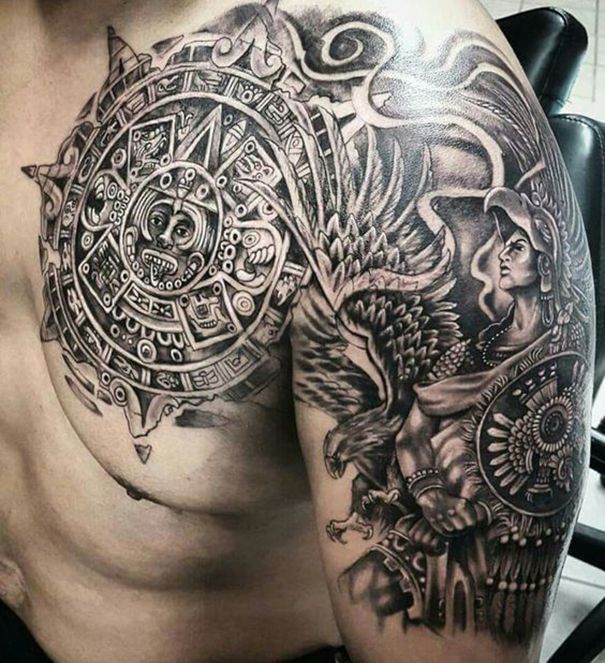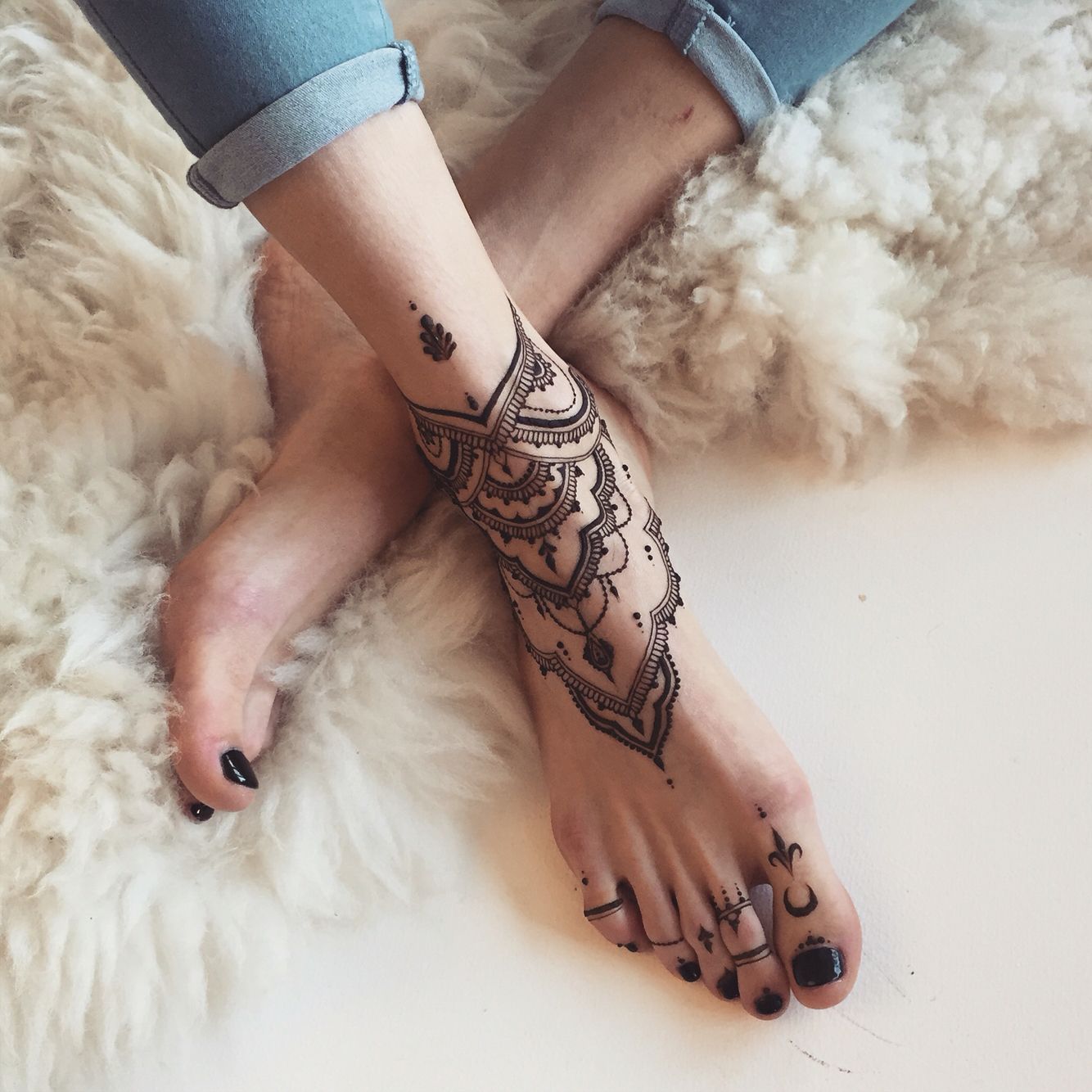
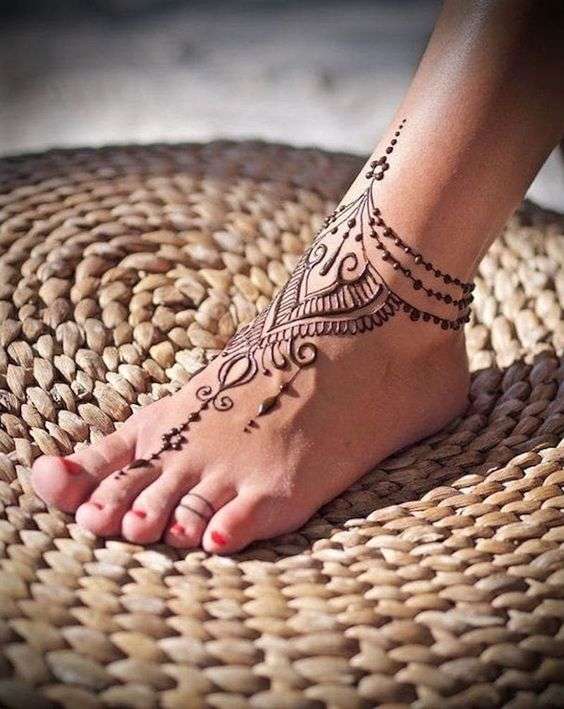
Henna is an ancient plant-based dye that has been used for thousands of years to adorn hands and feet. In many countries, it’s a popular way to commemorate significant occasions like marriage. Henna stains the skin with an orange to dark maroon color that fades after 7 to 14 days. Depending on which part of your body is being hennaed, thicker skin tends to stain darker than thin.
Ankle Tattoos
Henna is an alternative to getting a permanent tattoo and can be an excellent way to achieve a unique style.
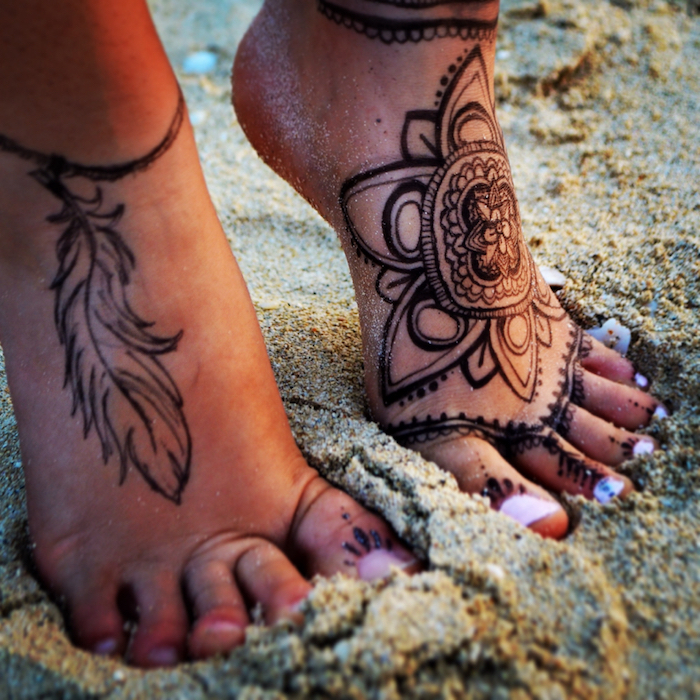
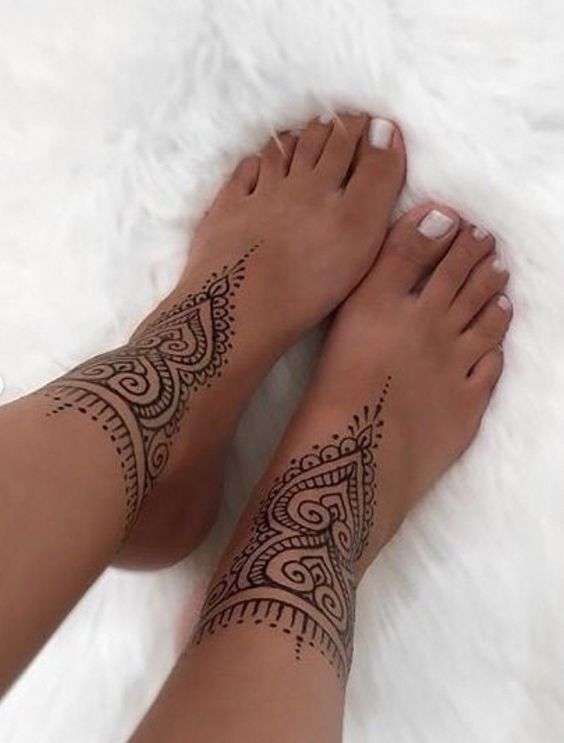
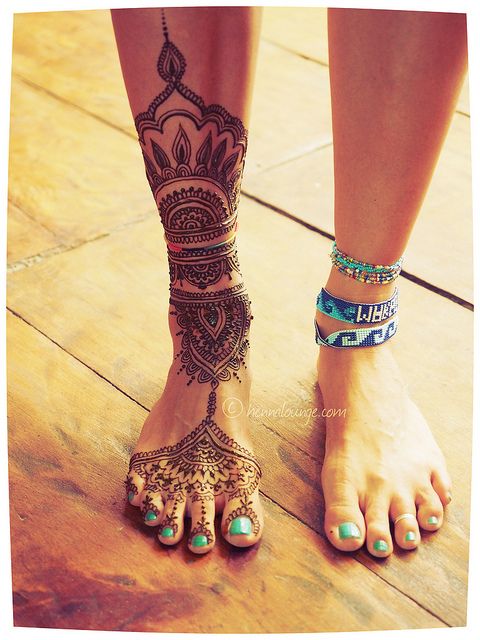
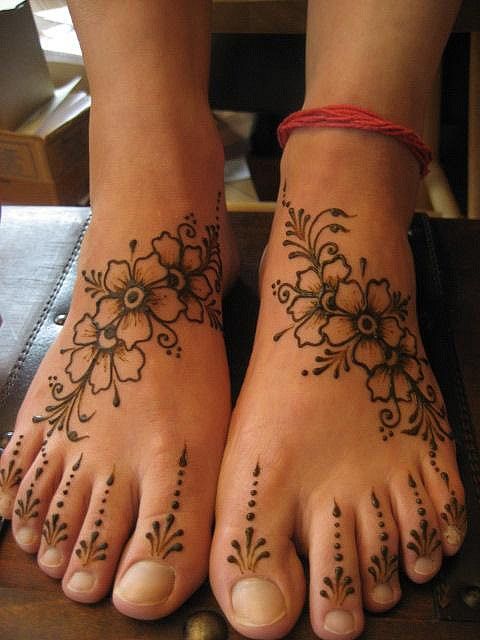
Henna tattoos are made with ink made from Lawsonia inermis leaves. After grinding into a fine powder, this mixture is mixed with water to form an opaque paste which then gets applied directly onto the skin before drying. Henna artists typically add lemon juice, sugar, and essential oils to the paste to improve its adhesion to the skin. Henna tattoos can last for up to one week, after which their colors fade. To maintain your henna tattoo, keep the area clean and dry so that it doesn’t dry out too much and cause a rash. Henna can be used to create many different designs. A professional henna artist will use their artistic abilities to come up with a design that is individualistic and complements your style. For a traditional henna tattoo, opt for either a flower or leaf pattern. These simple designs will add an elegant and pretty touch to your ankle. You can opt for a design that’s more detailed and intricate than what one might expect from henna. For instance, you could get a filigree henna tattoo – this type of design is popular among European women due to its elegant appearance and sophistication. Henna tattoos can be applied to the foot, hand or even nape – making it an ideal choice for weddings or other special occasions.
Foot tattoos
Henna foot tattoos are an excellent way to add some flair and express your feminine side. They look especially stunning when applied across both feet. It remains popular today in India, Morocco, and other Middle Eastern countries – particularly during weddings. Lawsonia inermis paste is made with dried leaves from a flowering plant known as Lawsonia inermis, then blended with water and natural oils to produce an intense olive-colored paste. Once a henna artist has created the design you desire, they apply the paste onto your skin with either a stick, nozzle, or brush. This results in intricate patterns that may resemble flowers, paisley patterns, or other decorative patterns. At that point, the henna will begin staining your skin with an orangey-reddish hue which eventually fades away. Henna can be applied to anyone, but it’s especially popular among women. It offers a safe, natural alternative to traditional tattoos and can last up to one week depending on how often your skin is washed. Henna tattoo artists can be found around the world, and there are plenty of books offering instruction and designs. Additionally, you may purchase kits with stencils and temporary body markers so it’s simple to make your own design. In the past, people adorned their palms and soles with henna to cool down their bodies during hot climates. This practice has now evolved into artistic designs inspired by peacocks, paisley patterns, and mandalas. Some cultures use henna to symbolize beauty, prosperity, and spiritual awakening. In India, for instance, brides receive henna during their wedding ceremony and can use it to decorate their hands and feet with various patterns that represent various things.
Hand tattoos
Henna is an ancient natural dye used to craft stunning designs on the body. Henna tattoos are an excellent way to express yourself, with many designs available to choose from. Popular choices include symbols that symbolize power and strength as well as designs that emote feminine energy. You could also pick a design that celebrates your family or hobbies. Hand tattoos may not be as commonplace as foot and ankle designs, but they are becoming increasingly popular. However, be sure to check the policy of your employer before getting one as some businesses prohibit them due to their unprofessional appearance. No matter if you get a henna foot tattoo or hand one, it is essential to maintain its beauty by caring for your skin in the weeks and months following application. Doing this helps keep it looking its best while preventing fading over time. Henna tattoos are typically applied freehand and take anywhere from minutes to hours to create the pattern. Once dry, some artists apply lemon juice and sugar on top for additional stain protection. Darker complexions may have difficulty achieving vibrant shades from henna while lighter to medium skin tones can achieve softer hues. Some artists even mix henna with other natural dyes to achieve more complex hues and patterns. Henna can be applied to both hands and feet as a natural alternative to synthetic hair dyes or nail stains, and it should be left on for several hours before being washed away.
Body Art
Henna is an herb that can be used to create temporary tattoos and body art. They can be utilized to craft a wide range of artwork, such as floral or geometric designs. Furthermore, they make wonderful decorations for special occasions or holidays. Before getting a henna tattoo, it is essential to prepare your skin. Doing so will enable the artist to create an optimal design for you. Be sure to wash away any lotions or sunscreen you have on and thoroughly dry it afterwards. Once your skin has been cleaned, apply some henna to a cone and ink it onto the area where your tattoo will be applied. Choose an opaque dye such as brown, orange-brown, or reddish-brown that is not black; black henna contains harmful chemicals which could cause an allergic reaction or infection. Once applied, you must wait approximately eight hours before taking it off. As it dries, it will begin to peel and crack as it cures. Finally, wait approximately four weeks for your henna tattoo to fade completely so it no longer stands out on your skin. When considering a henna foot tattoo, it’s essential that you find an experienced artist. Henna art requires delicate handling, so make sure the person doing the tattoo has experience working with dyes. Henna is an elegant natural plant that can be used for dyeing clothing and fabrics as well as creating temporary body art.
